Modbap Osiris Bi-Fidelity Wavetable Oscillator: The Review
Osiris offers 4 banks of 1024 waveforms, a fiercely independent sub-oscillator, tangible Timbre processing and a choice of high or low fidelity. Is it versatile enough to be your wavetable oscillator of choice?
Modbap Osiris: Fiddling with wavetables
I can’t take my hands of it. Every time I sit down to write this review I get distracted by the Osiris’ universe of fiddling. I move from knob to knob making little adjustments and smile, absorbing the waveforms as they morph and dance. It satisfies by never quite letting you get to nirvana because there’s always something better about the next movement, and the next one, and the one after that. It’s like playing with a really nice filter – you can’t stop tweaking it.
I’m not a wavetable fanboy. I generally find them to be a bit plinky and plonky, weak and strained when played in isolation. I seek comfort in the warmth of analogue waveforms and in comparison wavetables always feel shrill and harsh. To find beauty in wavetables, for me at least, it takes a bit of effort, it takes movement and modulation to find those moments of resonance. This is often done best in big synths like the Korg Modwave and ASM Hydrasynth, or software synths like Serum where you generate huge sounds through polyphony, modulation and large effects sections. In Eurorack waveforms are at their plinky and plonkiest, lonely and monophonic, there’s nowhere to hide and wavetables have to stand their ground alongside their analogue ancestors. So, can Osiris do that?
Modbap Osiris Overview
Modbap calls it a Bi-Fidelity Wavetable Oscillator. “Bi-Fidelity” is an odd word and becomes a bit of a distraction. I think all they’re saying is that at 96kHz it’s twice the sample rate that you normally find on Wavetable oscillators and that it has the ability to dial down into some nicely gritty lo-fi territory.
In terms of wavetables, you have 4 banks of 32 wavetables each with 32 waveforms, giving you a matrix of 1024 waveforms that are accessible via the Wave X and Wave Y knobs at the top. Osiris has a built-in VCA that can make it it’s own voice rather than simply an oscillator. As an envelope there’s just a Decay knob which can make for some really nice plucks and ticks as well as being able to be wound round to fully open for droning. This simple VCA-Decay arrangement gives it it’s own internal beauty in the way the Mutable Plaits does that’s not dependent on other modules in my rack.
If you pull in a keyboard at this point, with CV pitch and gate output, you can patch into the 1v/Oct and Trigger inputs and enjoy exploring the wavetables. This thing keeps confounding my expectations. I remember when I first tried it out I was unimpressed by the sound. It gave me the usual weak sounding wavetables that you morphed with a knob that sounded like all the other morphing wavetables I’ve heard. But since spending time with it I’ve actually found the sound to be quite exquisite. That has something to do with adding a touch of reverb and a lot to do with not always moving the knob and simply playing with a waveform. Osiris keeps making me contradict myself.
Having wavetables and the ability to morph between them would be enough for most wavetable oscillators, but that’s not the half of it with Osiris. This thing has some spectacular ways to alter and add interest and movement to the sounds.
Sub Oscillator
It has an uncommonly good sub-oscillator. The sub is sort of an instrument all by itself and becomes one of the many things you keep fiddling with. On the Sub Wave knob you can choose from 5 different options. There’s a square wave, sine or triangle wave set at 1 octave below, and then there’s a 1 octave and a 2 octave version of the current waveform. All of them morph through from one to the other giving you in between waveforms and smooth transitions, except for the leap to the 2nd octave.
There’s a mix control on the Sub so you can bring it in slowly or take it out easily and there’s something lovely about winding it in and out as well as moving from a mirrored waveform to a smooth sine or buzzy square wave. A sub is something that’s usually there or not but here I am tweaking it as part of the instrument. But what is even more awesome is that the Sub not only has its own audio output but it has its own pitch input so you can play it as an individual oscillator. While it feeds through the same VCA as the main oscillator you can totally have two different tunes going on.
Timbre Modes
Taking the Modbap Osiris into uncharted territory are the Timbre Modes. These bring in waveshaping and harmony manipulations that broaden the sonic scope tremendously.
The first mode is Unison which adds a second wavetable oscillator (doesn’t that make it 3 oscillators including the Sub?) that you can push with the Timbre Amount knob from detuning all the way you to an octave above. Pumping in 3 oscillators makes for a huge sound. You can pull in some juicy detuned wobbles, spectacular 5ths and big, throbbing organ sounds. It’s just lovely.
Next, we have Bend mode which is a bit like pulse width modulation in which it squashes the waveform into a thinner shape. Then there’s a 2-stage wave-folded that mirrors the waveform before folding it. Sync mode repeats the cycle within a Hanning window which is sort of like applying a harmonic shape to the waveform. Next, we have Noise that mixes in window-synced noise that rapidly overwhelms the waveform.
The second half of the knob is dedicated to FM synthesis which feeds the same waveform back into itself with a ratio of 1-8. Exactly how the Mode knob and Amount knob relate is difficult to say other than there are plenty of pleasing and chaotic tones to be found in the manipulation.
The Timbre section is fantastic and provides a whole other level of fiddling to distract you from the morphing of wavetables. The Timbre Modes appear to morph into each other a little bit which gives a smooth if sometimes glitchy transition but I’m not sure it’s completely helpful. Often it’s difficult to see exactly which mode you’ve turned it to and I think that maybe a clickable knob would have been a more secure option.
Bi-Fidelity
Our last bit of fiddling comes in the shape of the Fidelity knob. All the way to the left and you have a pristine 96kHz high fidelity output. As you turn to the right you pick up some fizz that gets grittier past 12 o’clock and then into noisy MW radio territory. It’s not that dissimilar to the Noise Timbre Mode actually and makes for some nicely snarly percussive sounds. Somewhere in the middle definitely brings a nice edge to things.
Modulation
Everything can be modulated. The XY wavetables have their own CV inputs, as do the Timbre Mode and Amount knobs, Sub Wave, Fidelity and Decay. You can have the thing modulated out of existence. And in fact, modulating everything all at once becomes a bit of a mistake because the Timbre modes can be quite different and overwhelming to the point that they are defining the sound much more than the dialled in waveform. So once you’ve turned on Bend all the waveforms sound about the same and just give you a fizz between each morph.
So, perhaps, not modulating everything is the better way of playing Modbap Osiris which leaves you with some cool performance changes you can stick in manually.
User waveforms
If you are tired of the 4 banks of 32 wavetables with 32 waveforms you can always add your own. This facility is only available on the Apple Mac through the OsirisEdit editor app and it’s not something I’ve been able to look at. It’s a really cool feature if you’re into that sort of thing but honestly, there’s plenty to play with in here already.
Modbap Osiris review: Conclusion
Once you start digging into Osiris it’s really hard to stop. It keeps giving you more places to go and more things to do in pursuit of an ever-changing tonal landscape that brings spice and interest to your modular. It’s brilliant for the sub-oscillator, great for the morphing, fabulous for the built-in VCA and Decay and superb in the Timbre department.
The LoFi side of it is not as impressive as I’d imagined it would be and the Timbre morphing is a little clunky if I’m trying to find fault. And could the Decay knob double as an Attack knob via a shift button? Otherwise, playing with the sub mix, while dialling in some unison alongside slowly moving through the wavetable and adjusting the Decay is pure tone-crafting heaven. As I said at the start, you just can’t stop tweaking it.
Modbap Osiris Video
You are currently viewing a placeholder content from YouTube. To access the actual content, click the button below. Please note that doing so will share data with third-party providers.
You are currently viewing a placeholder content from YouTube. To access the actual content, click the button below. Please note that doing so will share data with third-party providers.

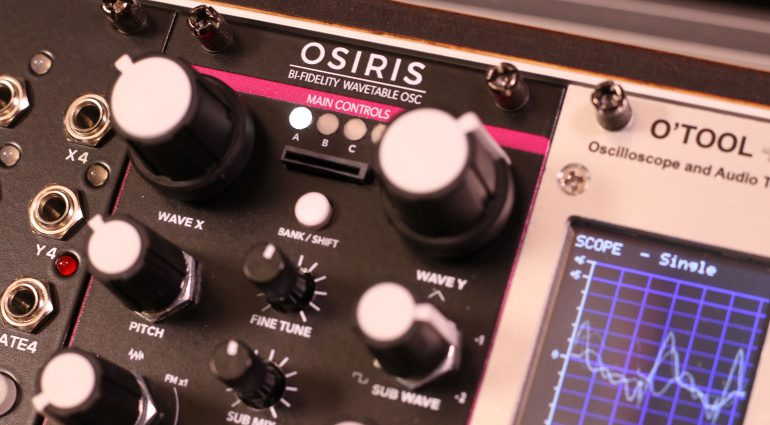
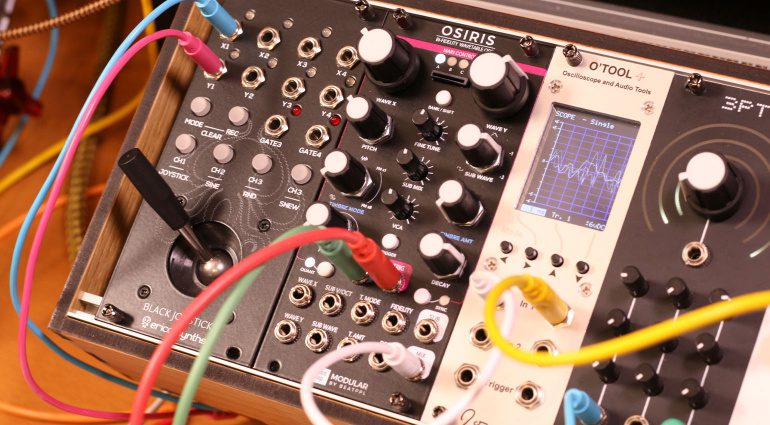
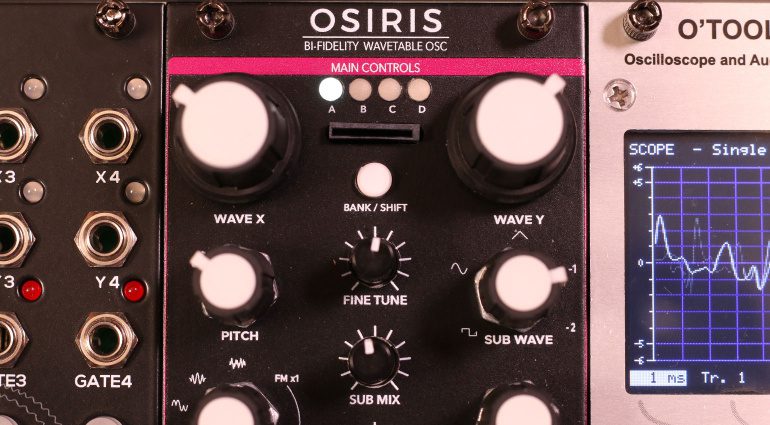





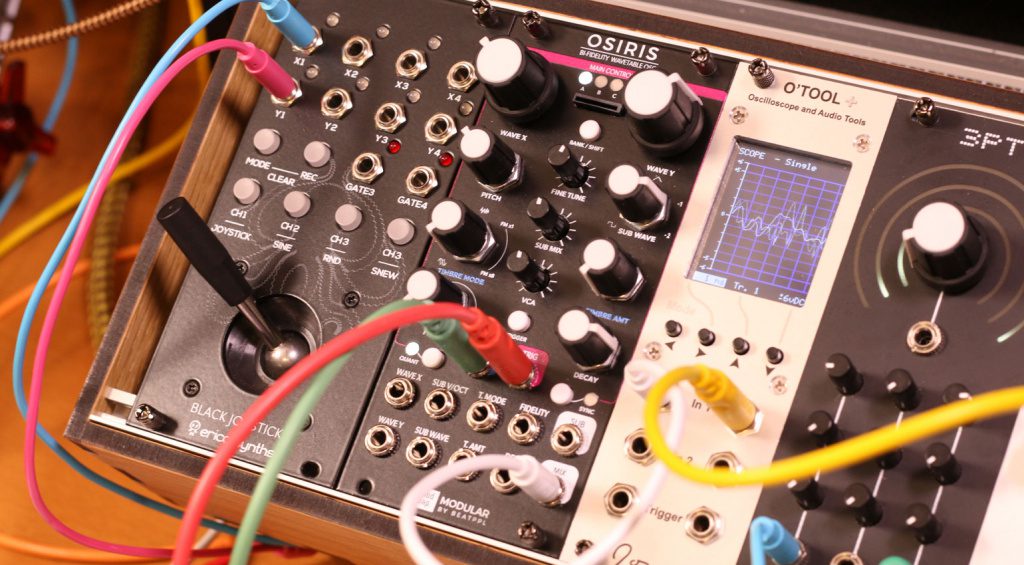
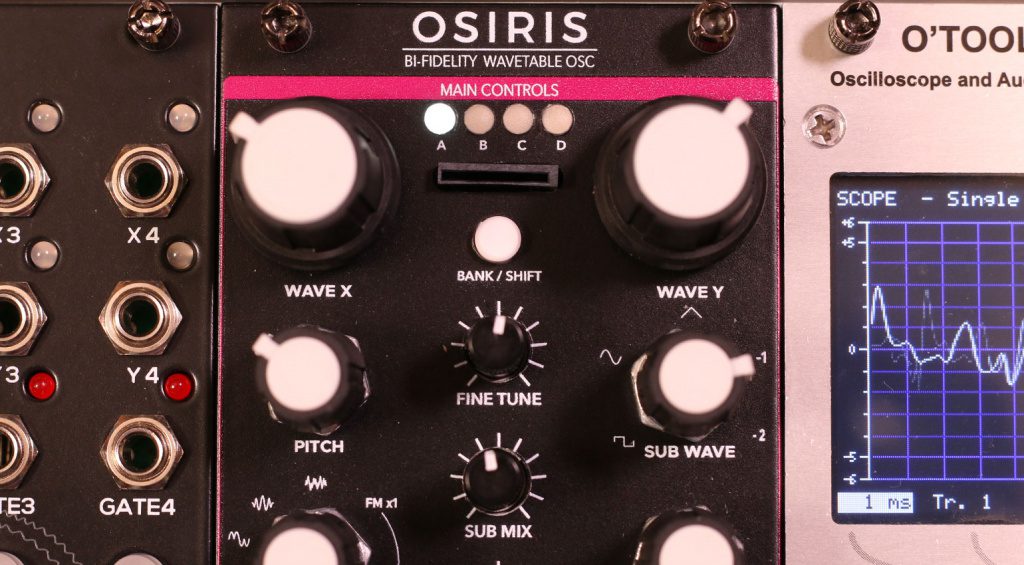
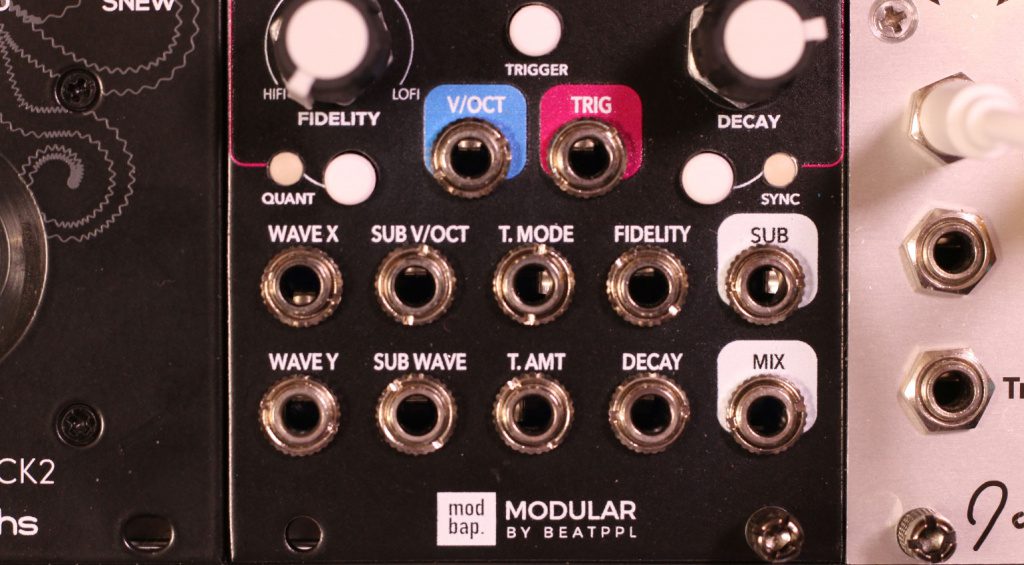
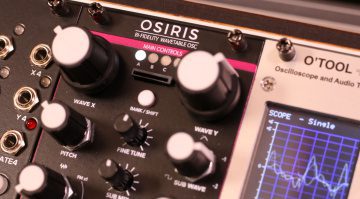

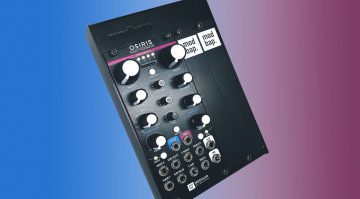
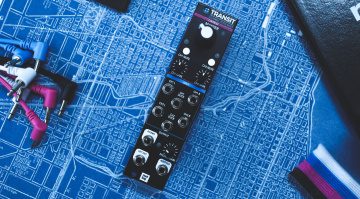
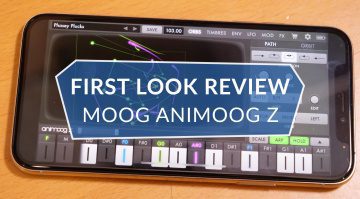
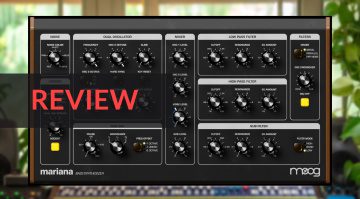
One response to “Modbap Osiris Bi-Fidelity Wavetable Oscillator: The Review”